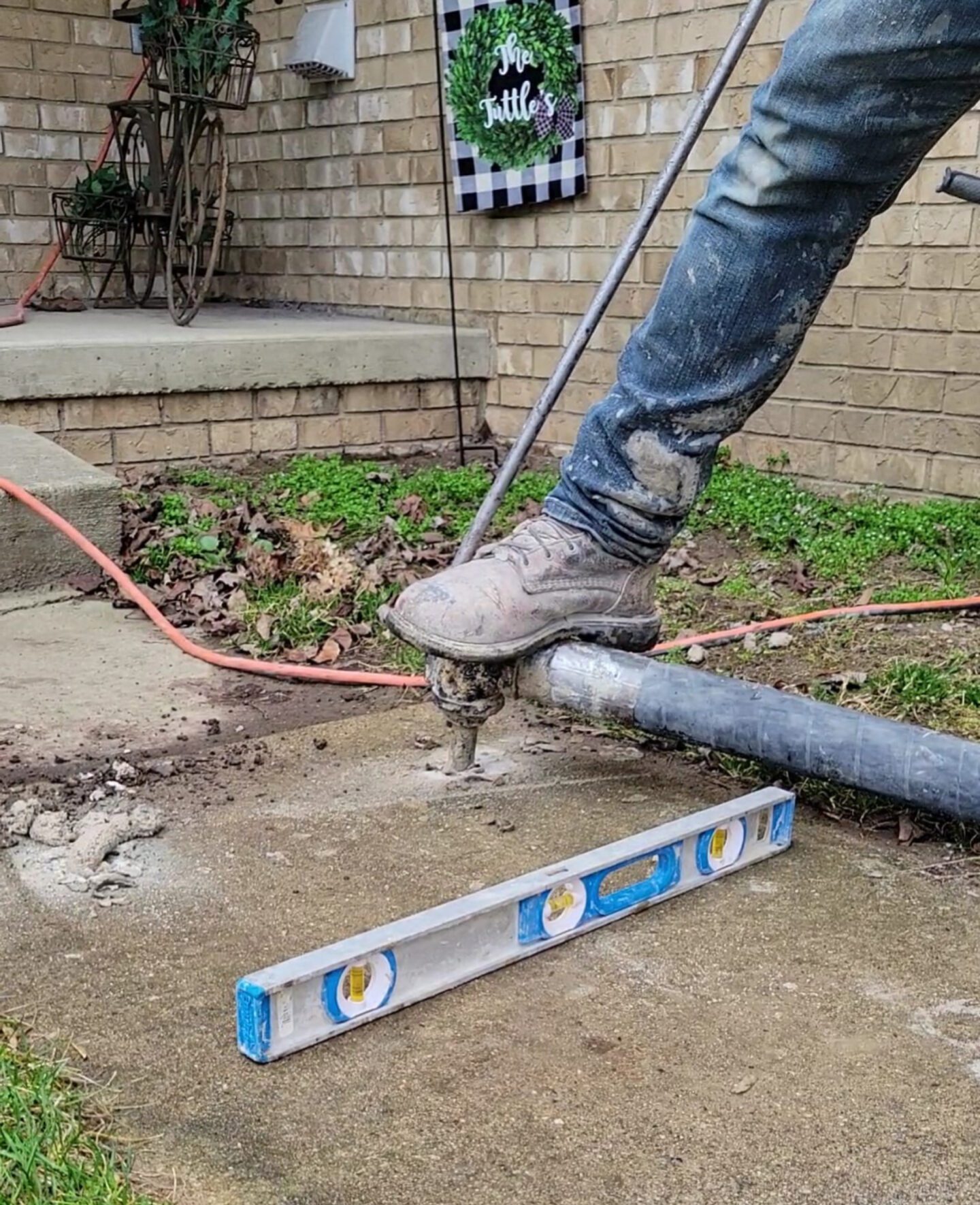Concrete lifting projects are common when it comes to repairing or restoring sunken or uneven concrete surfaces. Whether you are dealing with a sidewalk, driveway, patio, or other concrete structures, proper preparation is essential for a successful and efficient cement raising project. In this article, we will provide you with a comprehensive guide on how to prepare for a concrete lifting project, ensuring that you are well-equipped prior to the project getting started.
Assess the Area:
- Before starting any concrete lifting project, it is crucial to conduct a thorough assessment of the area in question. Identify the extent of the damage, areas of settlement, and the underlying cause of the problem. Assessing the area will help you determine the appropriate approach and materials needed for the repair.
Plan and Gather Equipment:
- Based on your assessment, create a detailed plan for the concrete lifting project. Determine the required equipment, such as a concrete pump, a hydraulic jack, leveling compound, safety gear, and other tools. Ensure that you have all the necessary equipment readily available to avoid delays during the project.
Safety Precautions:
- Concrete lifting projects involve heavy machinery and potential hazards. Prioritize safety by ensuring all workers are trained on proper equipment operation and safety procedures. Provide necessary personal protective equipment (PPE), including hard hats, safety glasses, gloves, and steel-toed boots. Secure the work area with caution signs or barricades to prevent accidents or unauthorized access.
Notify Affected Parties:
- If your concrete lifting project involves public areas, such as sidewalks or driveways near residential or commercial properties, inform the affected parties in advance. Give them notice of the project’s timeline, any potential disruptions, and alternative access routes if necessary. Open communication can help minimize inconveniences and foster goodwill within the community.
Clear the Area:
- Remove any obstacles, debris, or loose materials from the work area. This includes plants, furniture, vehicles, or any other items that may impede the concrete lifting process. Clearing the area ensures a safe and efficient working environment and prevents potential damage to property or equipment.
Mark Utility Lines:
- Before commencing the project, mark the location of utility lines, such as water, gas, or electrical lines, to avoid accidental damage. Consult with local utility companies or use professional line locating services to ensure the area is clear for excavation or drilling.
Waterproofing and Drainage:
- Address any underlying issues related to water infiltration or poor drainage in the affected area. Ensure proper waterproofing measures are taken to prevent future damage. Install or repair drainage systems as necessary to redirect water away from the concrete structure.
Surface Preparation:
- Prepare the concrete surface for lifting by cleaning it thoroughly. Remove any loose debris, dirt, or grease. Pressure wash or scrub the area using suitable cleaners to ensure a clean and stable surface for the lifting process. Allow the concrete to dry completely before proceeding.
Proper preparation is the key to a successful concrete lifting project. By following these steps and taking the time to assess, plan, gather equipment, and address safety concerns, you can significantly improve the outcome of your project. Remember to prioritize safety, communicate with affected parties, and seek professional advice when needed. If you are in need of professional concrete leveling services in the metro Detroit area, don’t hesitate and call Detroit Concrete Leveling today to make sure the job is done with the utmost safety and cleanliness.



